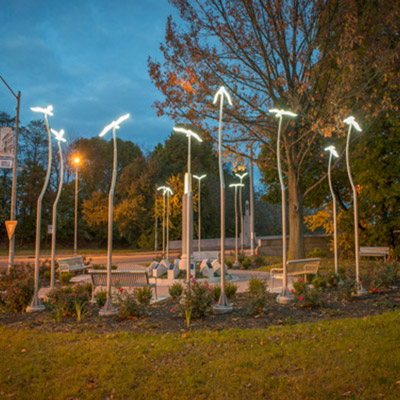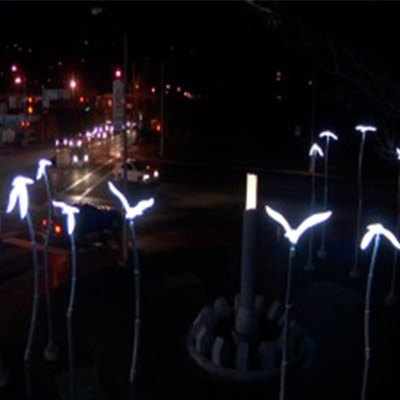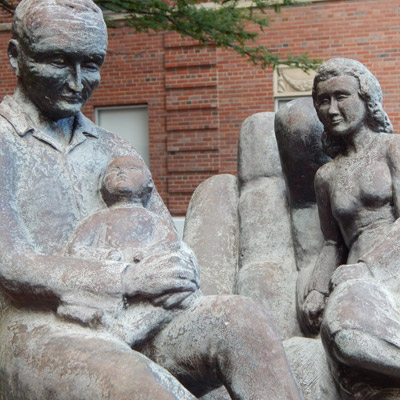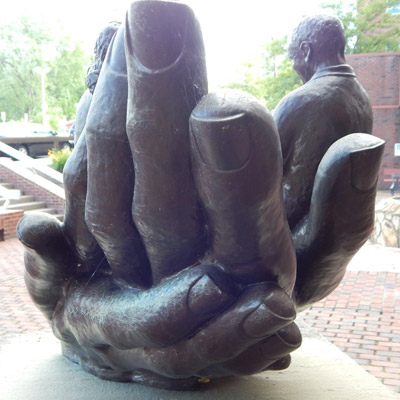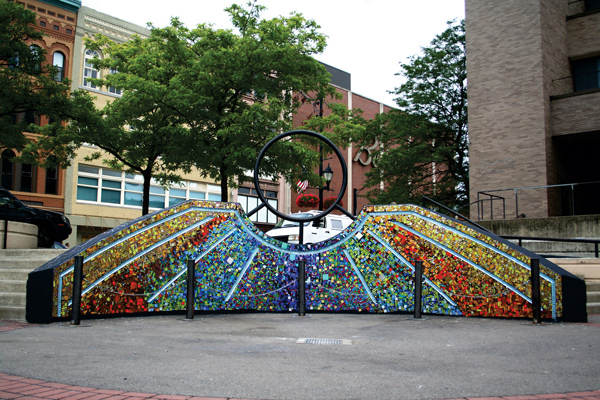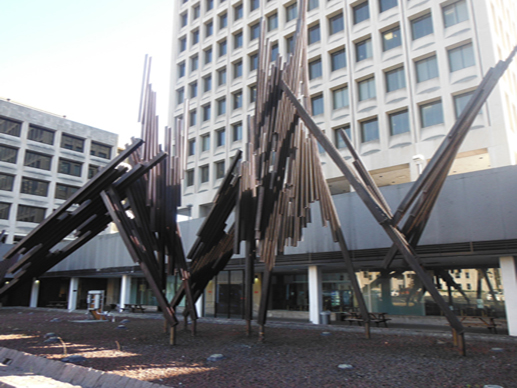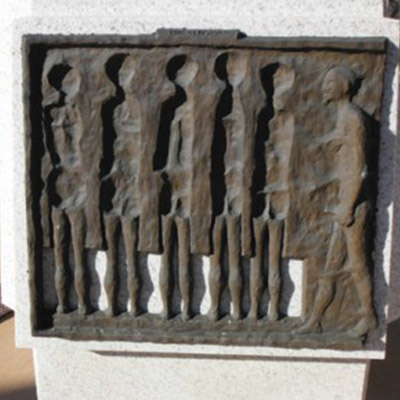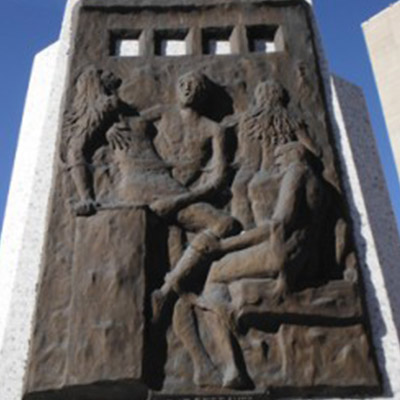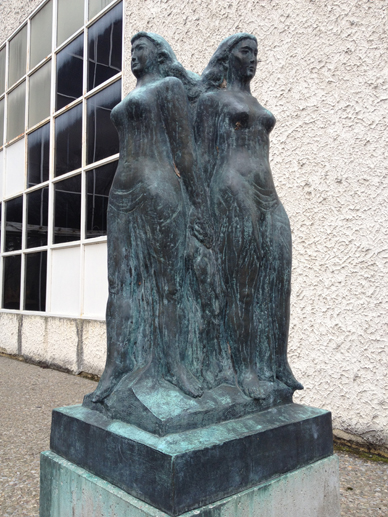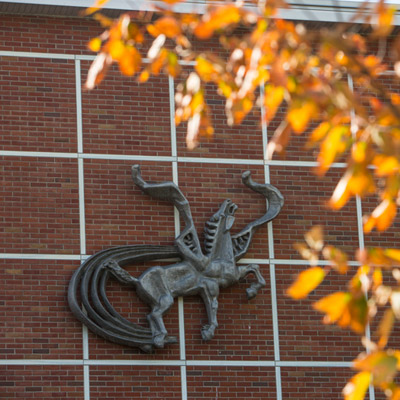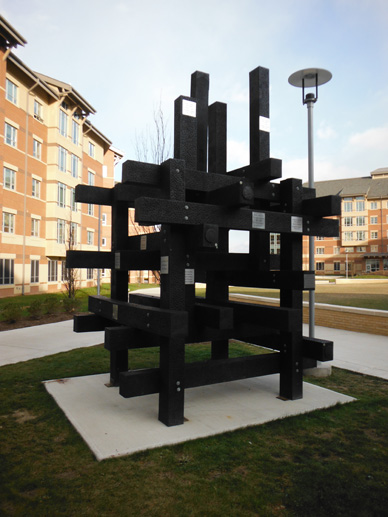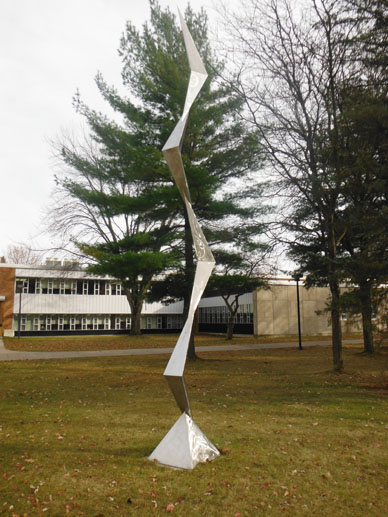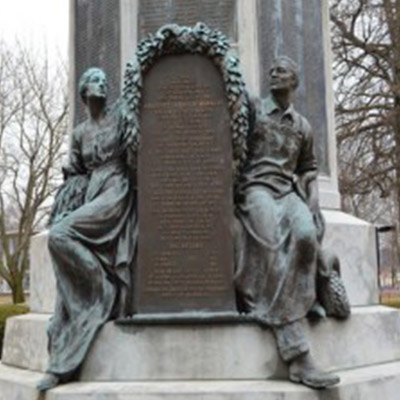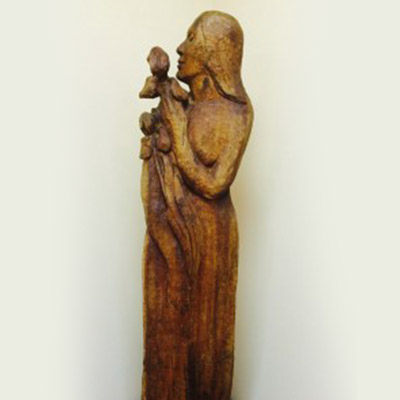Reviewed by Patrick Hao
Last October, fans mourned the death of Brian Friel, a playwright hailed as the “Irish Chekov.” To honor his memory, Binghamton University’s main stage opening show for this school semester is Dancing at Lughnasa, Friel’s personal examination of five Irish women dealing with the sadness of poverty and uncertainty and finding joy with each other.
The play is related from the point of view of Michael Evans (played by Jeff Tagliaferro), a surrogate for Friel, and told entirely through flashback, like a memory. Michael is five years old in the year 1936, although the child version of Michael is never seen. He’s only a voice through the presence of Tagliaferro. Qin Lucy sets the tone of the play with a beautifully designed set of a kitchen/living room, a modest rural living arrangement for women struggling with coming of modernity and unpredictability of happiness.
Five sisters serve as the main characters of the play. Michael’s mother, Christina (played by Stephanie Herlihy), is the youngest, yet the weight of having a child out of wedlock ages her. The father of Michael, Gerry (played by Eric Berger), comes and goes out of his son’s life, with a new job every time. (At the beginning of this play he is a gramophone salesman). Christina’s mood is dependent on Gerry, falling into a deep depression every time Gerry leaves and filling with optimism for a complete family every time he returns. Herlihy plays to this emotion perfectly, in one scene nailing the misguided optimism through only her eyes. She was able to convey everything you needed to know about the character’s past and future through one look, talking to five-year-old Michael, who’s not even seen onstage.
Looking disapprovingly at the Christina-Gerry relationship is Kate (played by Danielle Nigro), a deeply religious woman who, as the oldest of the sisters, has the best intentions in trying to protect everyone but comes off as an insensitive shrew. Maggie (Mary Dziekowicz), as the caretaker of the shared home, uses humor and jokes to diffuse tensions that only comes natural with sisters. Rose (Mollie Teitelbaum) suffers through an unnamed developmental disability and is cared for especially by her older sister Agnes (Emily Mahoney).
Friel’s play is beautiful and serene, grasping at the moments of happiness that are surrounded by stress and life. In one particular scene, the play suddenly bursts to life in a moment of dancing when the sisters finally got their wireless radio to begin working. The choreography by director Elizabeth Mozer avoids making the women too regimented in their routine but instead allows it to be freewheeling and filled with the vitality needed for such scenes. Dancing is the light through the darkness for the sisters.
While the play is wonderfully written, winning Friel a Tony and an Olivier Award, and the BU cast is good as always, they do not exactly match together. Dancing at Lughnasa is a play with a high degree of difficulty, and, unlike other university productions, it does not have the benefit of musical numbers to maintain momentum nor the spectacle of laughs of a comedy or the tragedy of Shakespeare. For many people, myself included, there is even little recognition for the play.
The spectacle of this play comes from the subtle drama within the lives of these middle-aged women. The emphasis is on the age of these women. No matter how good the actors are, and in this production they were quite good, college students cannot relay the weight of living. In acting, the face conveys a lot details unspoken and that includes the wrinkles, the bags and the tiredness. In order for Dancing at Lughnasa to be truly successful as a drama, that underlying agedness needs to be present or else it’s hard to fully invest in the play.
That, however, does not discredit how impressive and moving the final results were. Dancing at Lughnasa is quietly the most ambitious main stage show I’ve ever seen BU’s theater department attempt. That’s because this show runs on small, subtle moments instead of the big spectacle. And, if you have that in mind, Dancing at Lughnasa is really moving.
IF YOU GO: Dancing At Lughnasa, which opened last weekend (March 4-5), continues at 8 p.m. Friday and Saturday (March 11-12) and 2 p.m. Sunday (March 13) in the Watters Theater of BU’s Fine Arts Building. Tickets at $14 (faculty/staff/seniors, $12; students, $8) are available at 777-ARTS or theatre.binghamton.edu.




